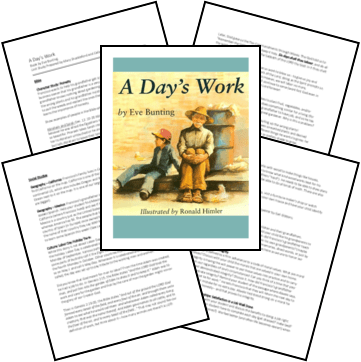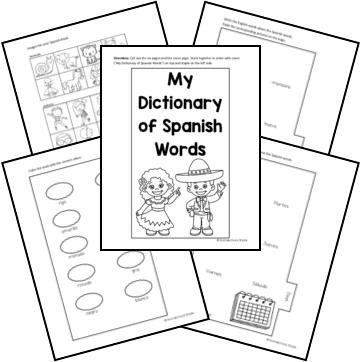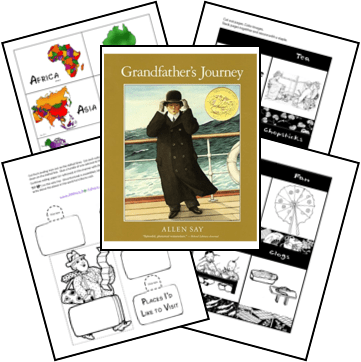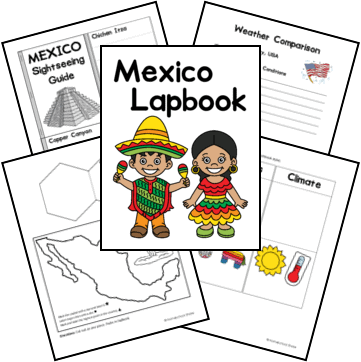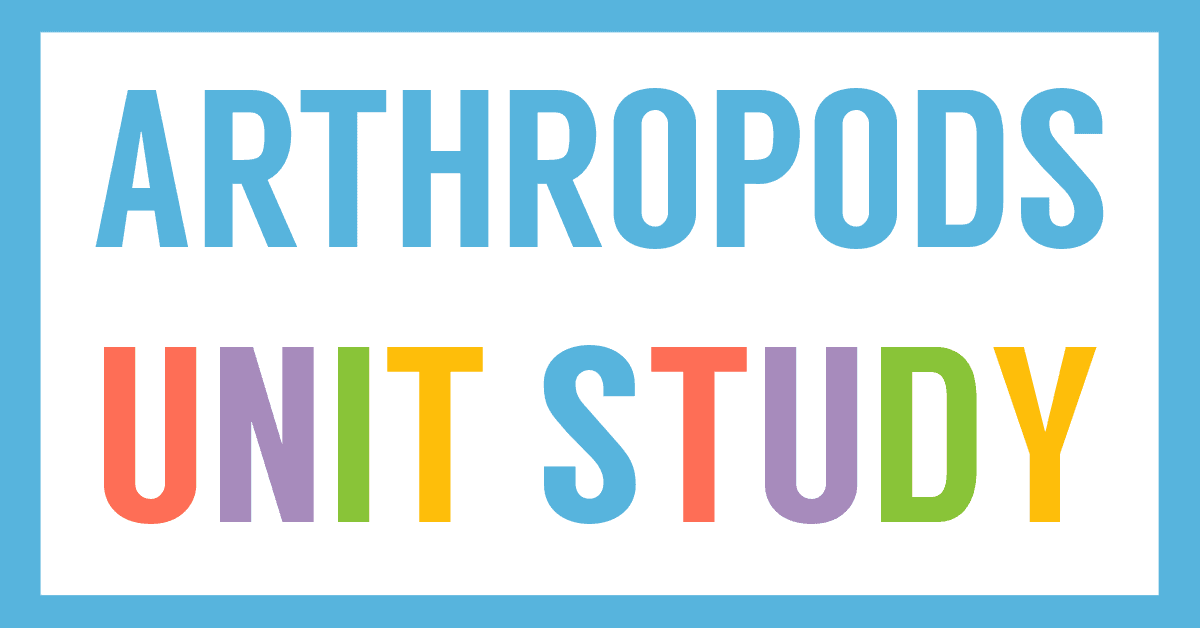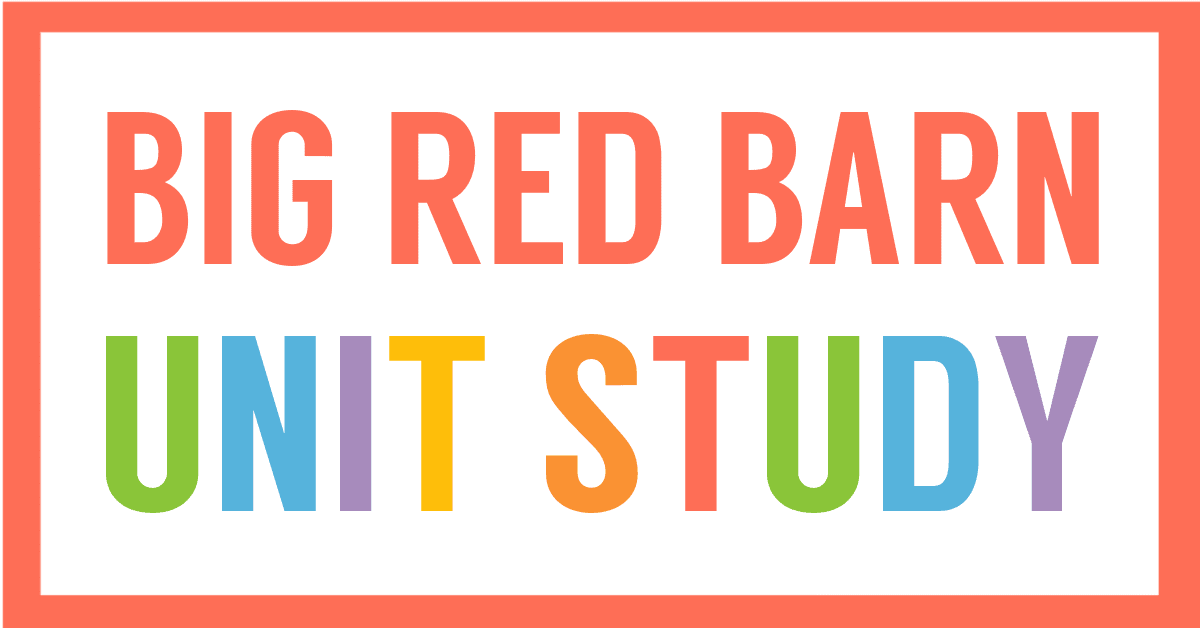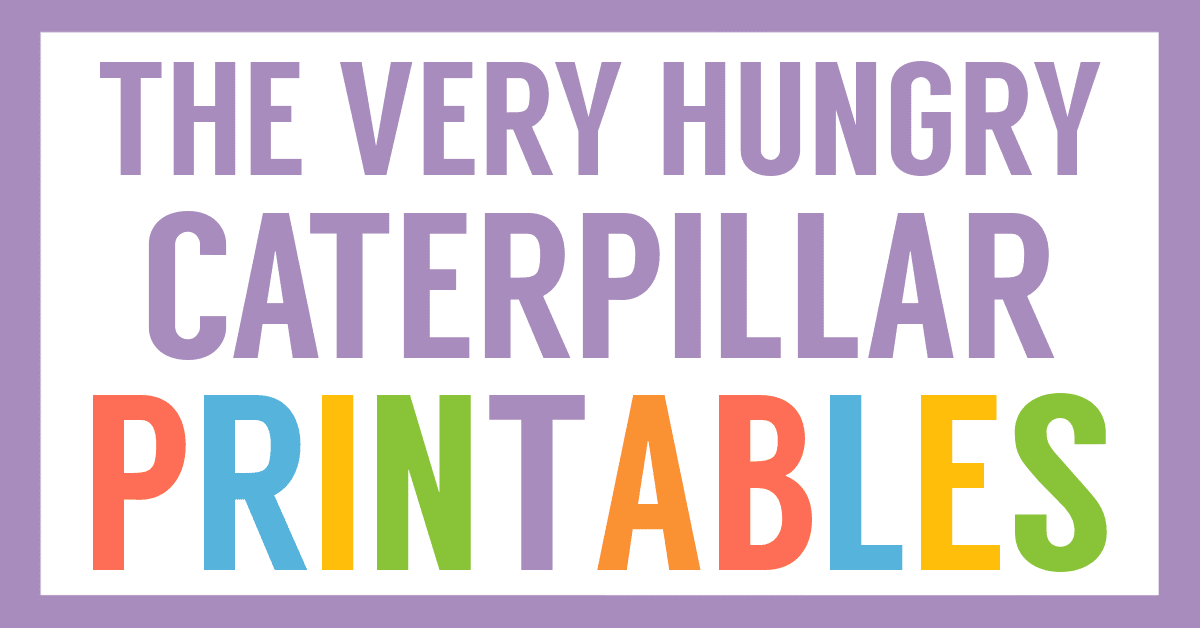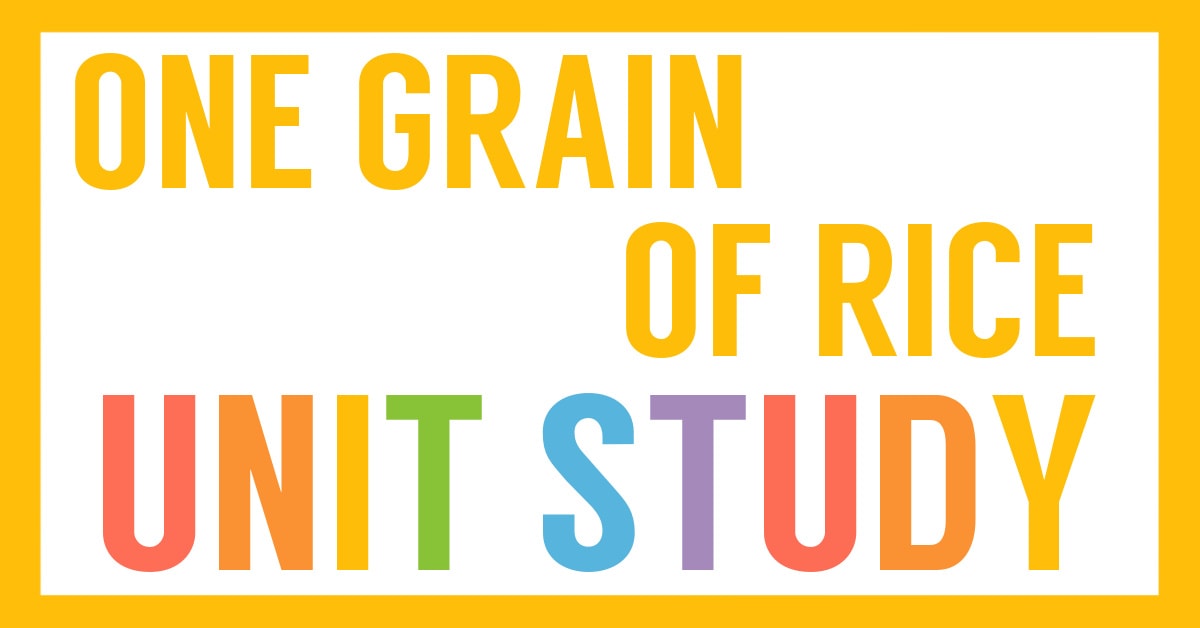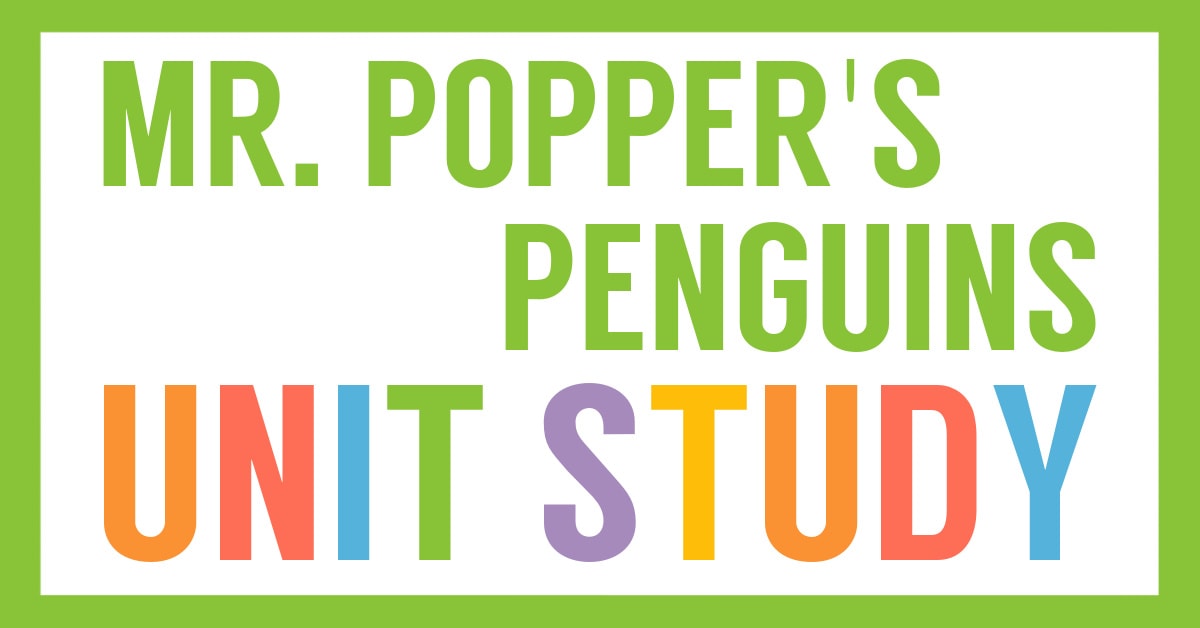Affiliate Disclaimer
We sometimes use affiliate links in our content. This won’t cost you anything, but it helps us to keep the site running. Thanks for your support.
This unit study includes lessons and activities based on the book A Day’s Work by Eve Bunting.
Francisco, a young Mexican-American boy, doesn’t know how to connect with his grandfather who doesn’t doesn’t speak English. But when the opportunity to help his grandfather find a job comes along, Francisco helps his grandfather learn about gardening. They get to learn about gardening, and each other, along the way.
from A Day’s Work summary at amazon.com
This book is a springboard into a variety of lessons on botany, honesty, integrity, geography, and more! Grab your free A Day’s Work Unit Study and get started.
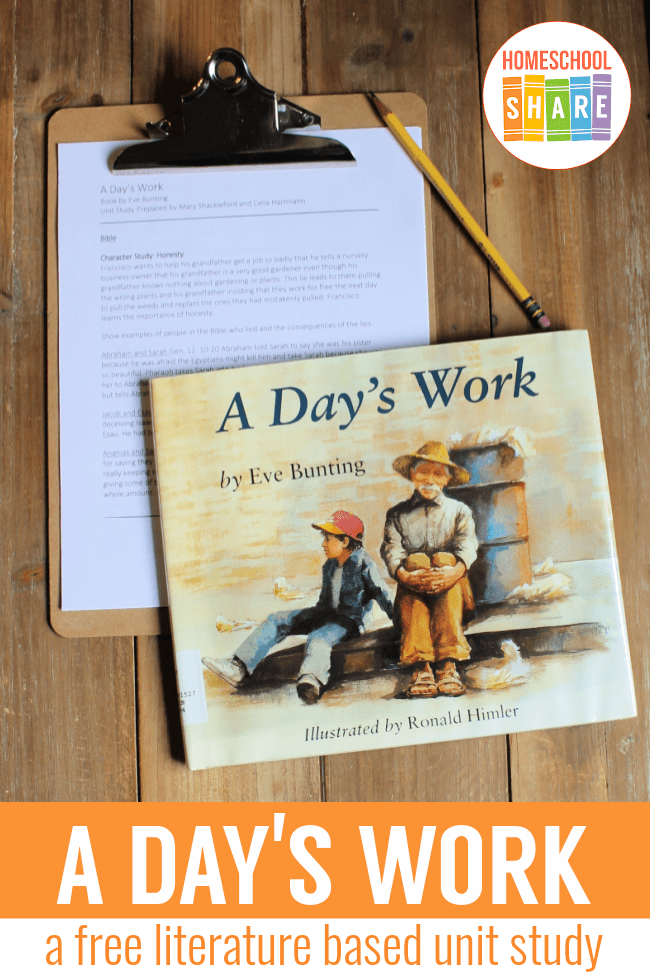
Thanks to Mary Shackleford and Celia Hartmann for preparing this A Day’s Work unit study.
A Day’s Work Unit Study Lessons
Here is a sample of the lessons found in this A Day’s Work unit study:
Occupations: Gardener
A gardener can mean a person who just likes to plant fruit, vegetables, and/or flowers around his house or a person who does something similar for a living (for payment). Francisco very much wanted his grandfather to have job, and so he lies to the owner about his grandfather being a great gardener. Why is this a problem?
Well, as you saw in the story, they ended up pulling up the wrong plants! Gardeners need to know the differences between unwanted plants and desired plants. A gardener needs to know about the different things he wants to grow; he needs to know whether the plant needs sunlight or prefers shade to grow, whether it gets 6 inches tall or 3 feet tall (wouldn’t do any good to plant the little plants behind the tall ones!), etc. They also need to know about the soil: does it have too much clay, too much sand, not enough nutrients, etc. It is also important for gardeners to know what insects harm which plants and how to prevent or get rid of them.
Culture: Labor Day Holiday Tie-in
While this story is not about Labor Day, you could use it as a springboard to discuss the holiday. Labor Day is celebrated in the United States and Canada on the first Monday of September. Various parts of Australia celebrate it on different days and some parts of Australia call it the Eight Hours Day. New Zealand celebrates it on the fourth Monday in October. Other countries that celebrate Labor Day usually do so on May 1 and call it May Day. Whenever it is celebrated and whatever it is called, the day was set up to pay tribute to the working men and women.
Did you know that God meant for man to labor? From the time Adam was created, he had a job to do. In Genesis 2:15, the Bible states “And the LORD God took the man, and put him into the garden of Eden to dress it and to keep it.” Adam was to work and care for the garden and that by the care of man the garden might mirror the glory of our Creator God.
Then in Genesis 2:19-20, the Bible states “And out of the ground the LORD God formed every beast of the field, and every fowl of the air; and brought them unto Adam to see what he would call them: and whatsoever Adam called every living creature, that was the name thereof. And Adam gave names to all cattle, and to the fowl of the air, and to every beast of the field…” That may not sound like our definition of work, but think about it—how many animals are there?! A LOT!
Later, God gave us the Ten Commandments through Moses. The God told us to “Remember the Sabbath day, to keep it holy. Six days shalt thou labour, and do all thy work: But the seventh day is the Sabbath of the LORD thy God: in it thou shalt not do any work.” (Ex 20:8-10)
We need to remember that God gave us work to bless us– to give us joy and satisfaction. And we are to do the work of the Lord, doing as the Spirit prompts us. Some people think that once we get to Heaven, we will labor no more, but Revelation 22:3 tells us that we will continue to serve (work for) God even in Heaven. What joy it will be to serve the Lord forever!
Botany: Plants
Francisco and his grandfather get a job weeding an area of new plants. They must work outside in the hot summer sun and end up pulling the wrong ones because they didn’t know the difference between the flowers and the weeds.
Plants provide food, clothes, medicine, shelter, and even the oxygen we breathe. Plants produce their own food and in turn become food for people and animals. Each part of a plant has a specific job. Roots and rootlets (tiny root hairs) take in water and minerals from under the solid, up through the roots into the plant stem/tree trunk.
The stem/trunk is like a straw drawing the water and nutrients up from the roots to the leaves.
The leaves are the food factories. They absorb carbon dioxide from the air and trap energy from the sunlight. Through the process of photosynthesis, the carbon dioxide and energy are made into sugar. Oxygen is released into the air during this process. Pull out a small section of grass with its roots and look at the tiny root hairs, roots, stem and leaves.
Put a stalk of celery into a glass of water and food coloring. Check an hour or so to see the water being pulled up the stalk.
You can grab a copy of the entire A Day’s Work unit study in an easy-to-print file at the end of this post.
How to Get Started with the A Day’s Work Unit Study
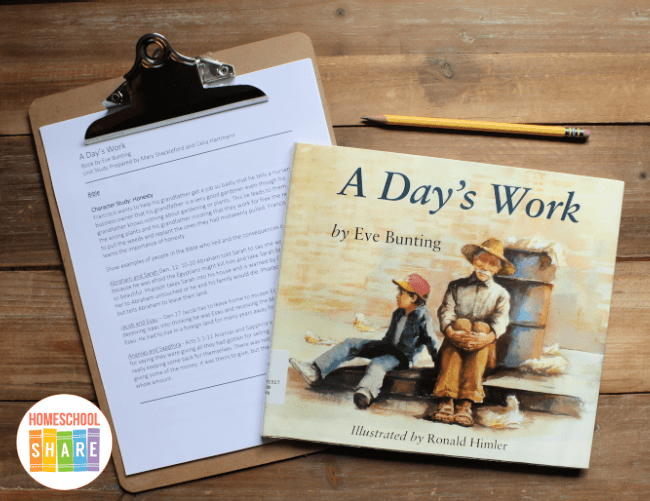
Follow these simple instructions to get started with the A Day’s Work unit study:
- Buy a copy of the book, A Day’s Work, or grab one from your local library.
- Print the A Day’s Work unit study.
- Choose the lessons you want to use with your student (a highlighter works great for this).
- Enjoy a week of book-based learning with your student.
Download Your Free A Day’s Work Unit Study
Simply click on the image below to grab the free A Day’s Work unit study.

